Tip Sheets on Beneficial Bugs and Pollinators
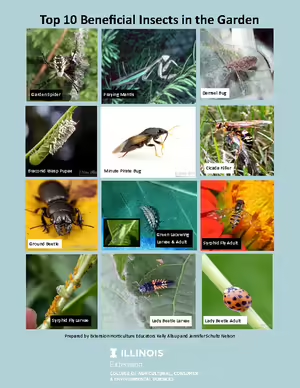
Beneficial Insects from the Garden
We've collected the top 10 good bugs that help your garden grow and bloom.
Download Beneficial Insects from the Garden
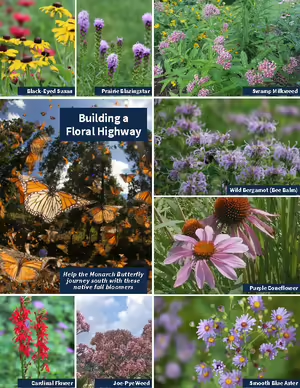
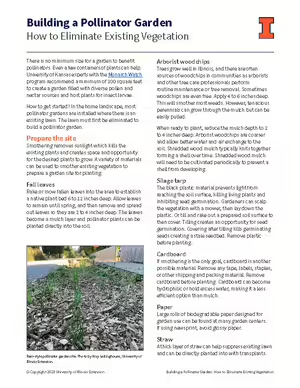
Building a Pollinator Garden: How to Eliminate Existing Vegetation
How to get started? In the home landscape, most pollinator gardens are installed where there is an
existing lawn. The lawn must first be eliminated to build a pollinator garden.
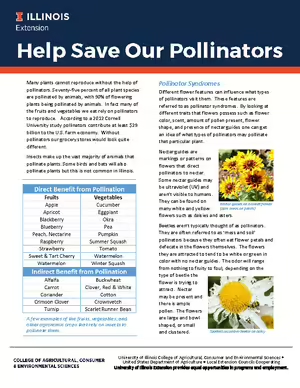
Help Us Save Our Pollinators
Many plants cannot reproduce without the help of pollinators. Seventy-five percent of all plant species are pollinated by animals, with 90% of flowering plants being pollinated by animals.
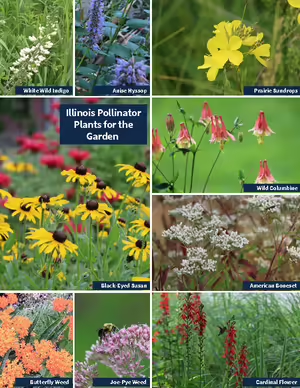
Illinois Pollinator Plants for the Garden
Plan ahead to select the right plants for your pollinator garden.
Download the Guide to Identifying Pollinators Plants for the Garden
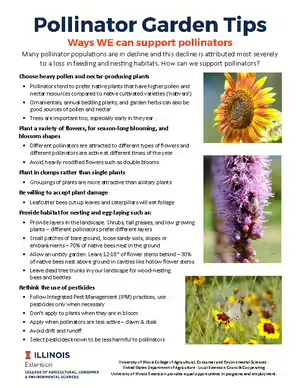
Pollinator Garden Tips
Many pollinator populations are in decline and this decline is attributed most severely to a loss in feeding and nesting habitats. You can help.
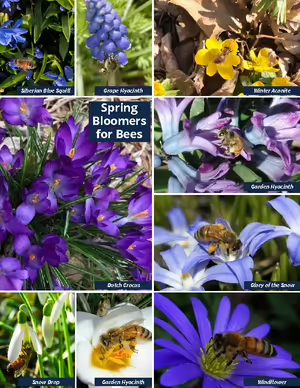
Spring Bloomers for Bees
Build your garden with plants bees love.
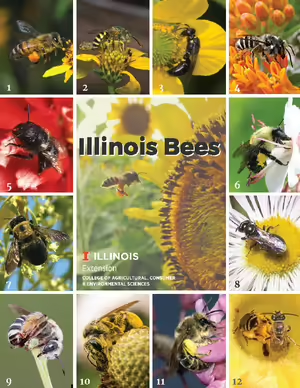
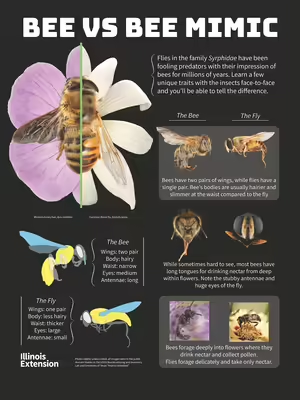
Bees vs. Bee Mimics
Flies in the family Syrphidae have been fooling predators with their impression of bees for millions of years. Learn a few unique traits with the insects face-to-face and you’ll be able to tell the difference.
Download the Bee vs. Bee Mimic Graphic
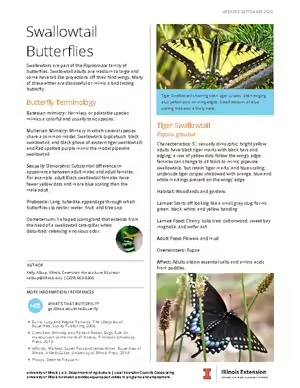
Swallowtail Butterflies
Swallowtails are part of the Papilionidae family of butterflies. Swallowtail adults are medium to large and some have tail like projections off their hind wings. Many of these either are distasteful or mimic a bad tasting butterfly.
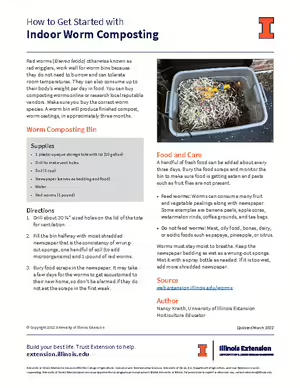
Getting Started with Indoor Worm Composting
Red worms (Eisenia fetida) otherwise known as red wigglers, work well for worm bins because they do not need to burrow and can tolerate room temperatures. They can also consume up to their body’s weight per day in food.
Harmful Pests
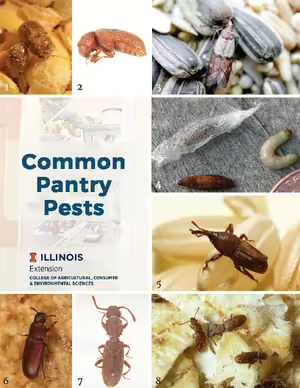
Common Pantry Pests
Identify and rid your home of these common pantry pests.
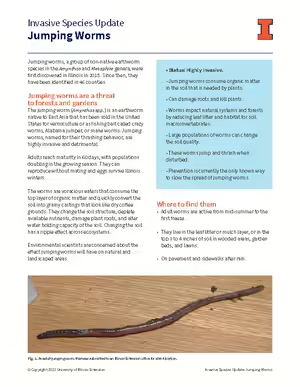
Jumping Worms
The worms are voracious eaters that consume the top layer of organic matter and quickly convert the soil into grainy castings that look like dry coffee grounds. They change the soil structure, deplete available nutrients, damage plant roots, and alter water holding capacity of the soil. Changing the soil has a ripple effect across ecosystems.
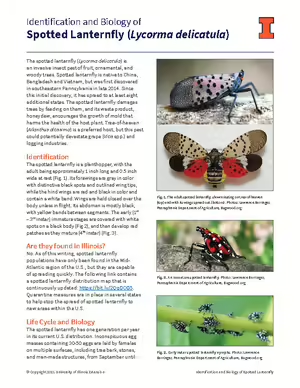
Spotted Lanternfly
The spotted lanternfly (Lycorma delicatula) is an invasive insect pest of fruit, ornamental, and woody trees.
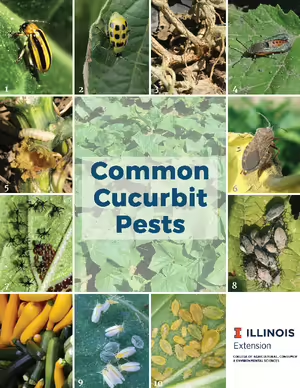
Common Cucurbit Pests
The Cucurbitaceae family contains more than 100 genera and over 700 species of plants. Several commonly grown garden crops belong to this family including cucumbers, melons, squash, and pumpkins; collectively known as cucurbits. Because these crops are related they are commonly attacked by the same pests.
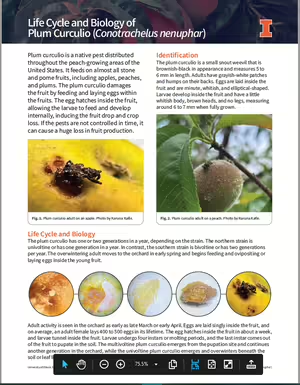
Plum Curculio
The plum curculio (Conotrachelus nenuphar) is a native pest distributed throughout the peach-growing areas of the United States. The pest feeds on all stone and pome fruits, including apples, peaches, and plums.
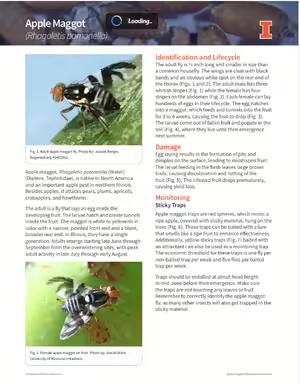
Apple Maggot
Apple maggot, Rhagoletis pomonella (Walsh) (Diptera: Tephritidae), is native to North America and an important apple pest in northern Illinois. Besides apples, it attacks pears, plums, apricots, crabapples, and hawthorns.
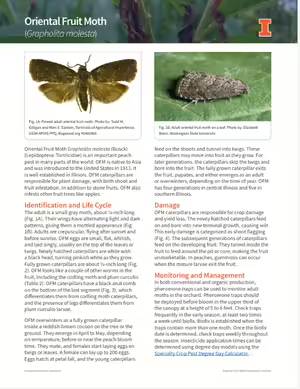
Oriental Fruit Moth
Oriental Fruit Moth, Grapholita molesta (Busck) (Lepidoptera: Tortricidae) is an important peach pest found in Illinois. OFM caterpillars are responsible for plant damage, with both shoot and fruit infestation. In addition to stone fruits, OFM also infests other fruit trees like apples.